Peace Lilies are often grown indoors, where they thrive in indirect light and stable conditions. But as summer arrives, many plant owners wonder whether these tropical beauties can enjoy some time outside. The short answer is yes—Peace Lilies can be moved outdoors in summer, but only under the right conditions.
This article explains everything you need to know before moving your Peace Lily outside, including how to transition it safely, where to place it, and what risks to watch out for during warmer months.
Why Move a Peace Lily Outdoors?
Peace Lilies are native to the tropical rainforests of Central and South America. Their natural habitat includes warm temperatures, high humidity, and dappled shade—conditions that summer weather can sometimes replicate. Moving your plant outdoors can provide:
- Increased airflow, which reduces the risk of some indoor pests.
- Natural humidity and filtered sunlight, which can stimulate healthy growth.
- A seasonal change that helps mimic their natural environment, giving your plant a gentle boost.
However, success depends on managing the transition carefully and avoiding common outdoor hazards.
Also Read- Beat The Heat: How To Keep Indoor Peace Lilies Happy With Kitchen Remedies
When Is the Best Time to Move a Peace Lily Outside?
Timing is everything. Wait until the nighttime temperatures consistently stay above 15°C (60°F). Sudden temperature drops can shock your Peace Lily or even damage its leaves. Mid to late spring or early summer is usually ideal, depending on your local climate.
Avoid moving the plant out during a heatwave or peak afternoon temperatures. Mornings and evenings are best for starting the transition.
Also Read- Can Peace Lily Help With Allergies? Home-Based Air Cleaning Plants
How to Acclimate Your Peace Lily to the Outdoors
Don’t move your Peace Lily from indoor shade to full outdoor exposure in one step. This sudden change can cause sunburn, wilting, or stress. Instead, follow a gradual process called “hardening off.”
-
Start with Shade
On the first few days, place the plant outside in a fully shaded, sheltered area for just a few hours each day. -
Increase Time Gradually
Over the next week or two, extend the time spent outdoors and introduce partial shade (such as under a tree or a covered porch). -
Monitor Closely
Watch for signs of stress, such as drooping, yellowing, or scorched leaves. If these appear, move the plant back indoors temporarily.
Once your plant has adjusted, it can remain outdoors full time—just not in direct sun.
Choosing the Right Outdoor Spot
Peace Lilies do best in bright but indirect light. The best outdoor locations are:
- Covered patios or balconies
- Shaded garden spots that get morning sun but are protected from harsh afternoon rays
- Under large trees that filter the sunlight
Never place your Peace Lily in full, direct sun. The leaves are sensitive and can burn quickly, especially during midday heat.
Also, avoid windy spots, which can dry out the soil and stress the plant.
Also Read- Can Peace Lilies Handle Air Conditioning in Summer Homes?
Watch Out for Outdoor Risks
Although summer provides great benefits, outdoor placement also introduces potential hazards:
1. Direct Sunlight
Too much sun will cause brown, scorched leaves. Filtered or dappled light is best.
2. Pests
Peace Lilies outdoors can attract aphids, mealybugs, or spider mites. Inspect the plant weekly and use neem oil or soapy water sprays if needed.
3. Rain and Overwatering
Heavy summer rain can lead to soggy soil and root rot. Keep the plant in a pot with drainage holes, and move it under shelter if rain is frequent.
4. Sudden Temperature Changes
Even in summer, nighttime cold spells or hot dry winds can affect tropical plants. Be ready to bring the plant indoors if the weather shifts drastically.
How to Care for Peace Lilies Outdoors in Summer
Once your plant has adjusted to its new location, you’ll need to slightly adjust your care routine:
- Watering: The soil may dry out faster outdoors, especially with increased wind and heat. Check moisture levels every few days and water when the top two inches of soil feel dry.
- Feeding: Peace Lilies can benefit from a diluted liquid fertilizer every 4–6 weeks during the growing season. Avoid overfeeding, which can stress the plant.
- Cleaning: Rain and outdoor dust may dirty the leaves. Gently wipe them with a damp cloth every couple of weeks to help with photosynthesis.
When to Bring the Peace Lily Back Inside
As summer ends and temperatures begin to drop, your Peace Lily will need to return to its indoor spot. Bring it in when nighttime temperatures fall below 15°C (60°F). Acclimate it back to indoor life by placing it near a window with bright, indirect light and reducing watering frequency as growth slows.
Before bringing it inside:
- Inspect for insects and remove any pests.
- Clean the pot and outer leaves to avoid introducing bugs or dirt into your home.
- Let the plant rest and adjust—indoor lighting is less intense, and your Peace Lily will naturally slow down during autumn and winter.
Also Read- Peace Lily And Sleep: Can This Plant Help You Sleep Better?
Final Thoughts
Moving your Peace Lily outdoors in summer can give it a welcome change of scenery and improve growth, but the key is managing the transition carefully. Keep the plant in shaded or partially shaded areas, avoid temperature extremes, and adjust your care routine to match outdoor conditions. With a little attention and patience, your Peace Lily can enjoy the fresh air and sunlight while staying healthy and happy.


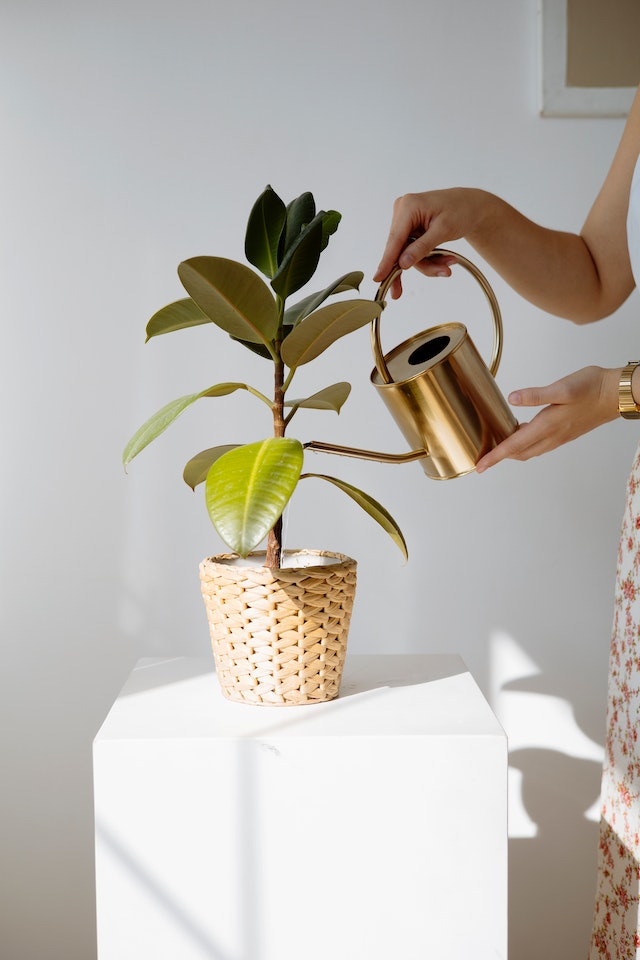


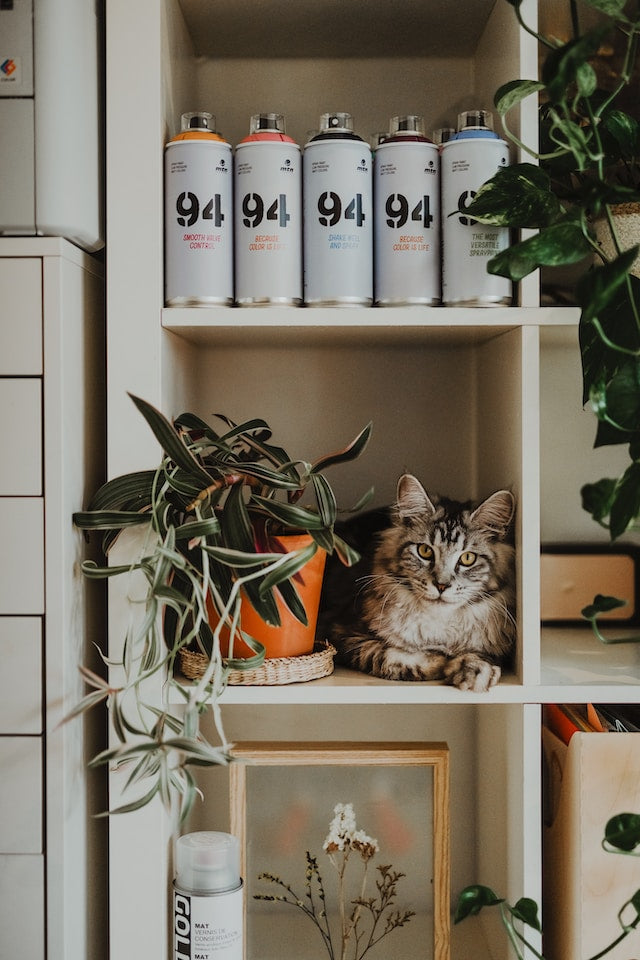

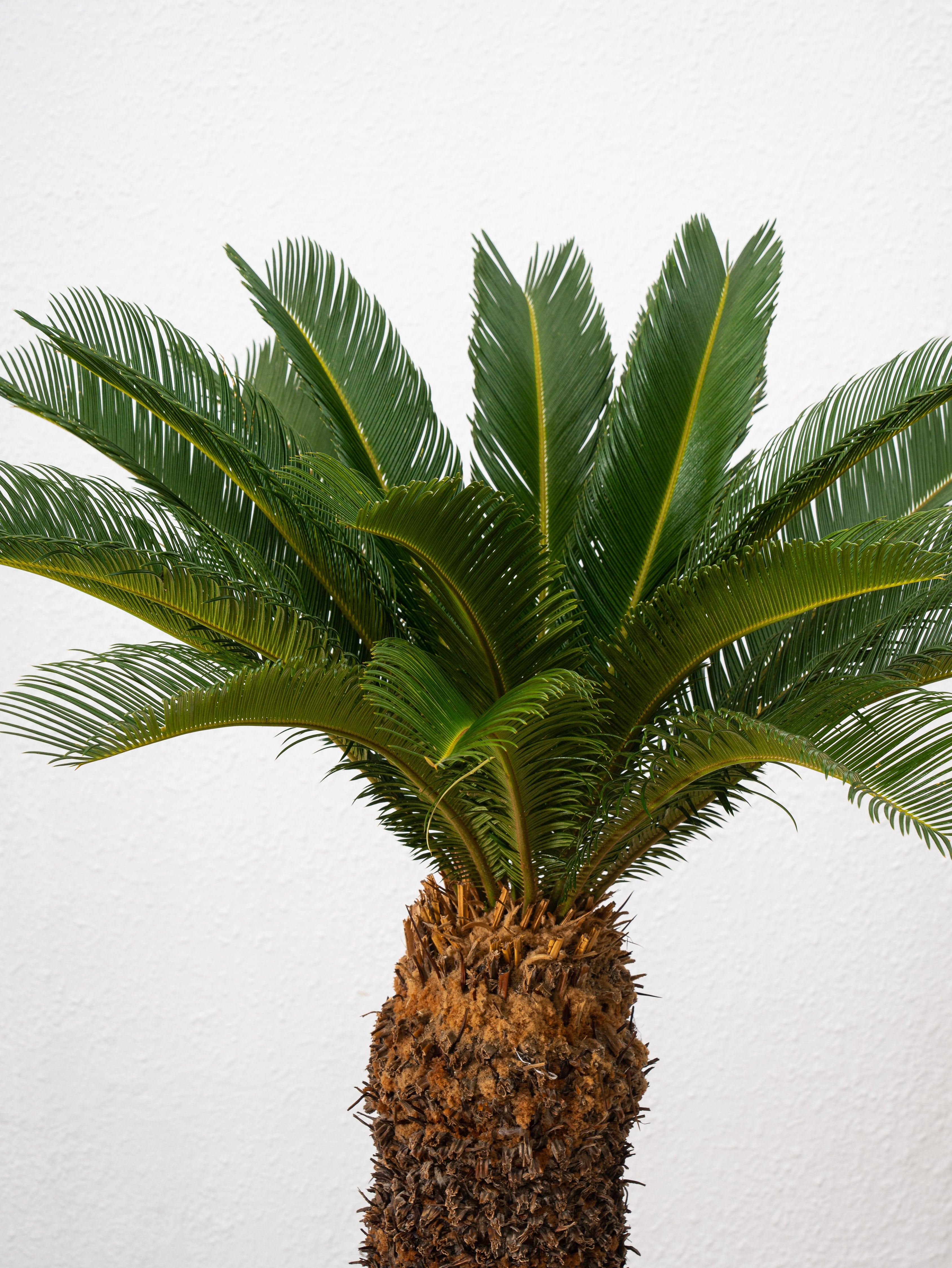
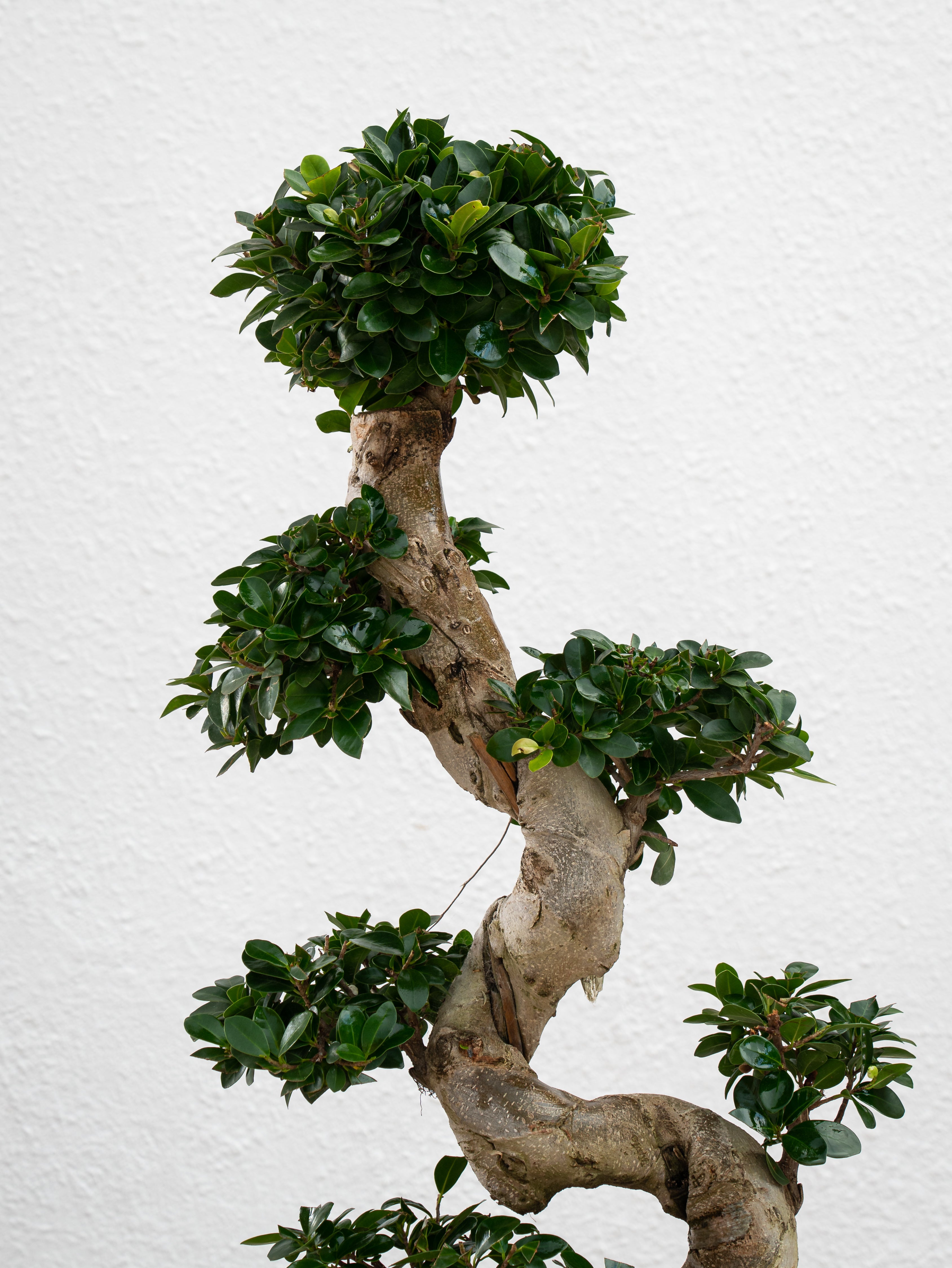
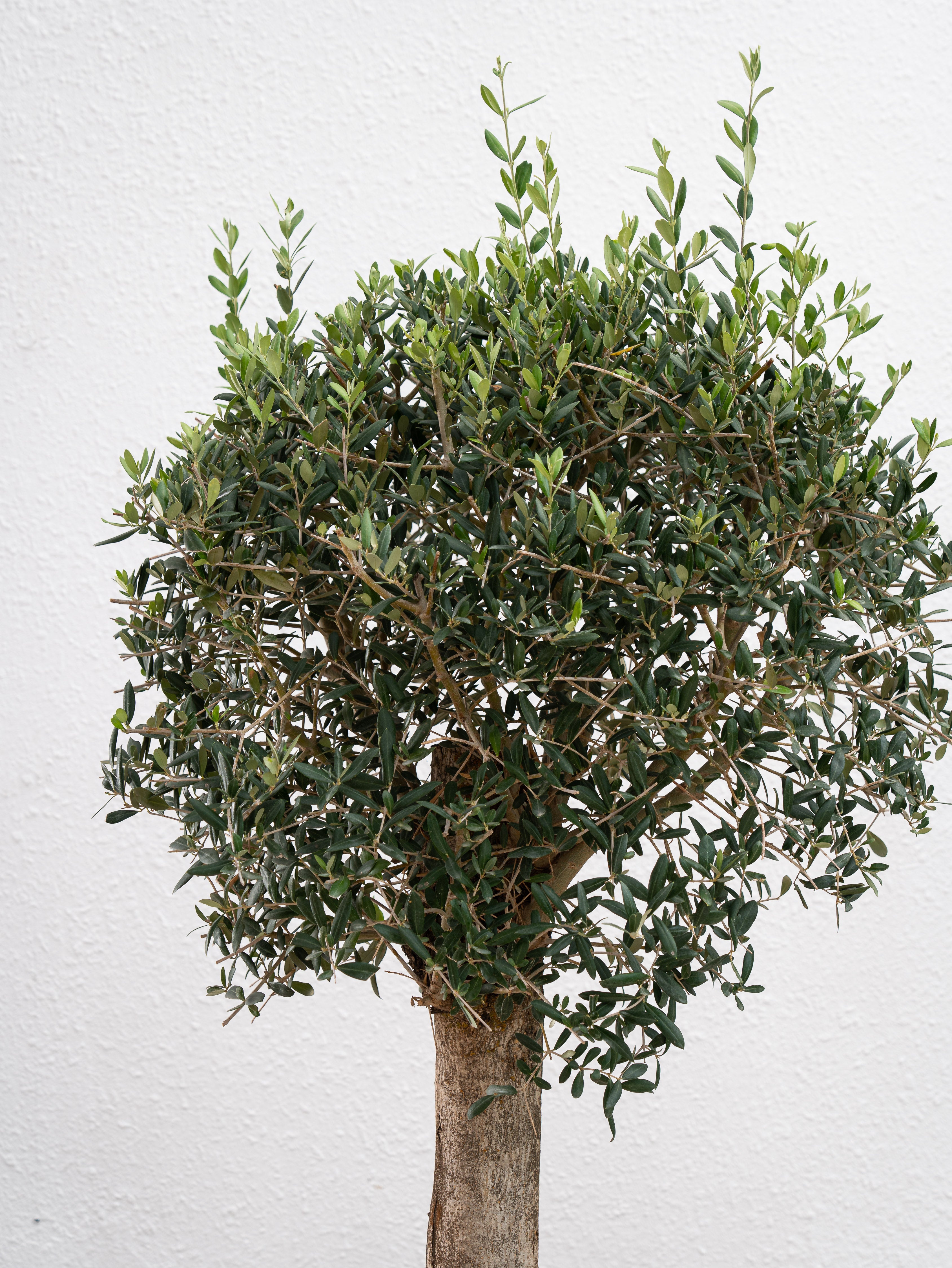
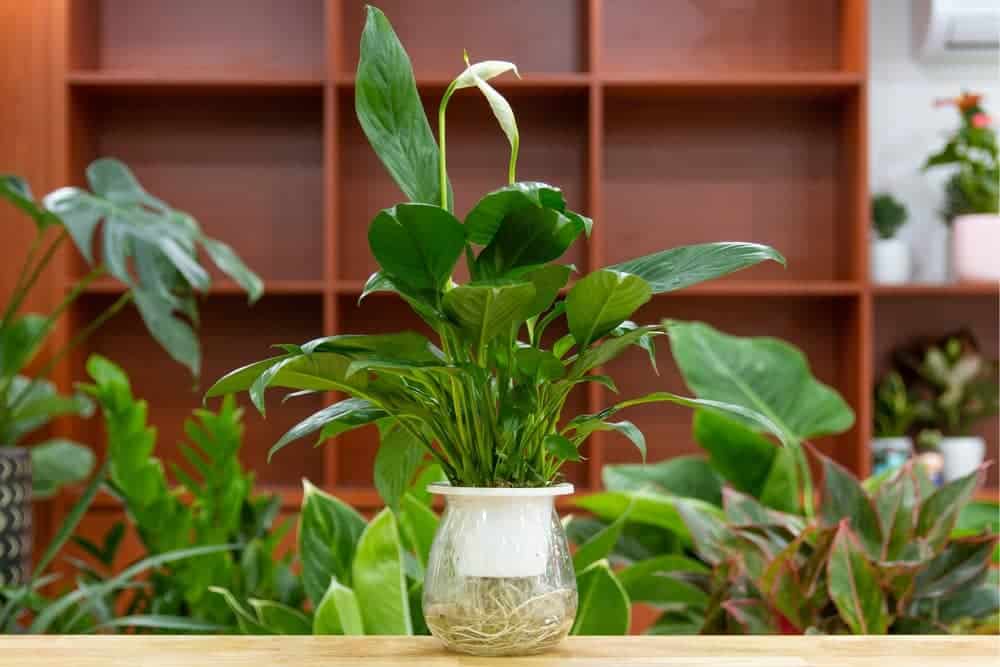

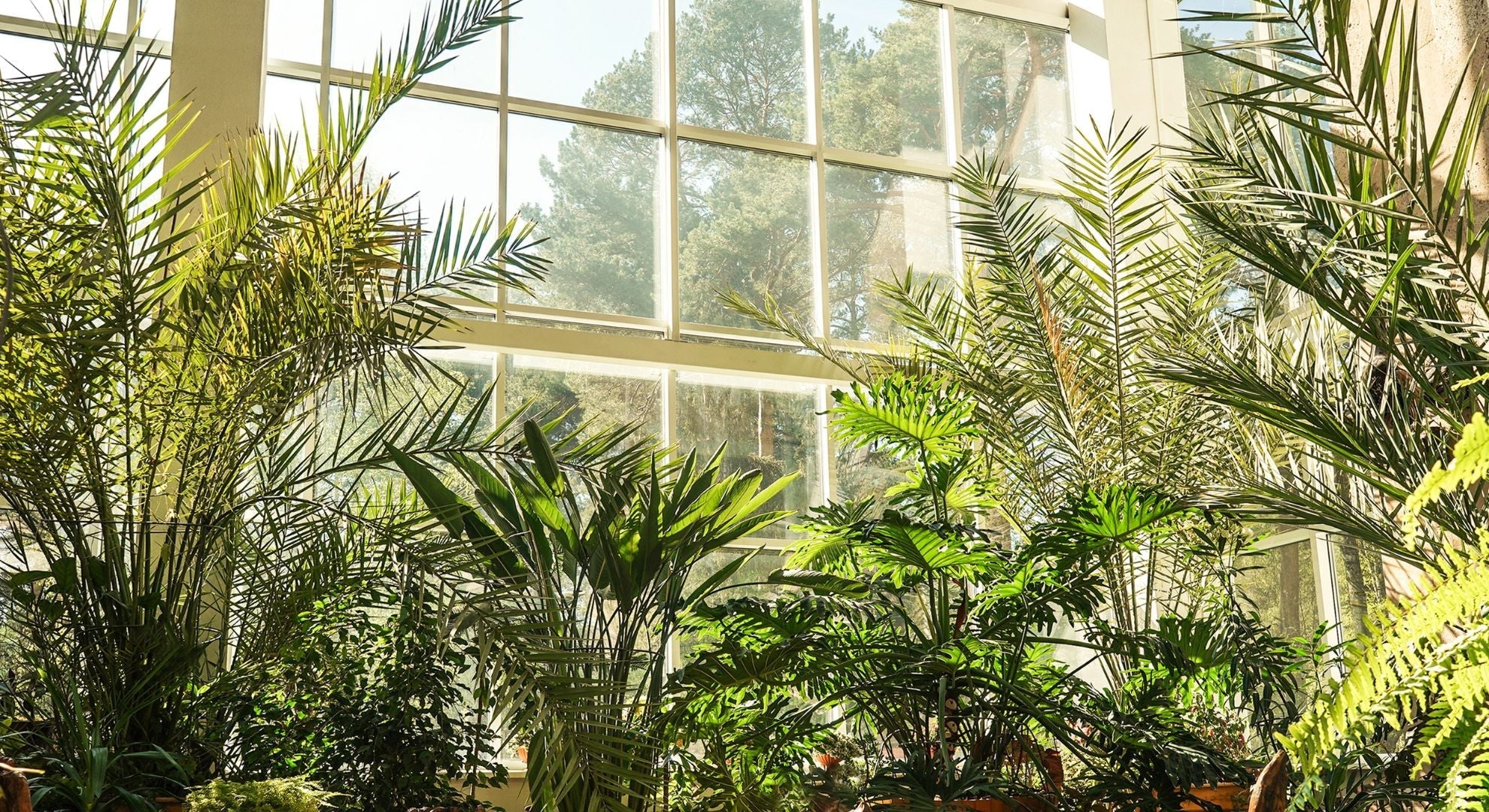
Leave a comment
This site is protected by hCaptcha and the hCaptcha Privacy Policy and Terms of Service apply.